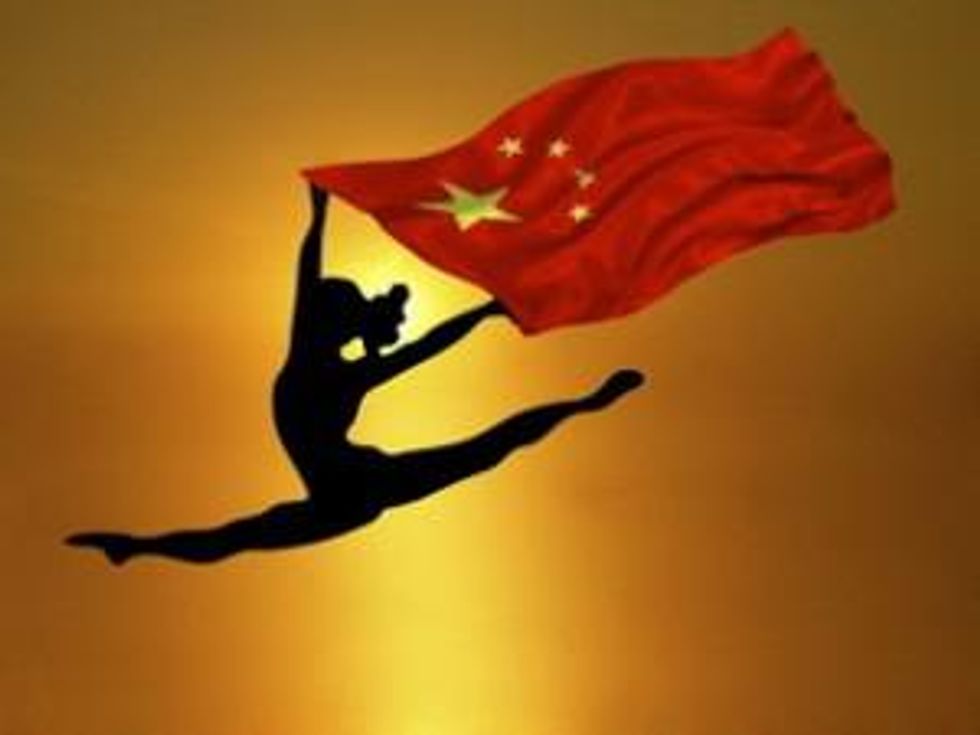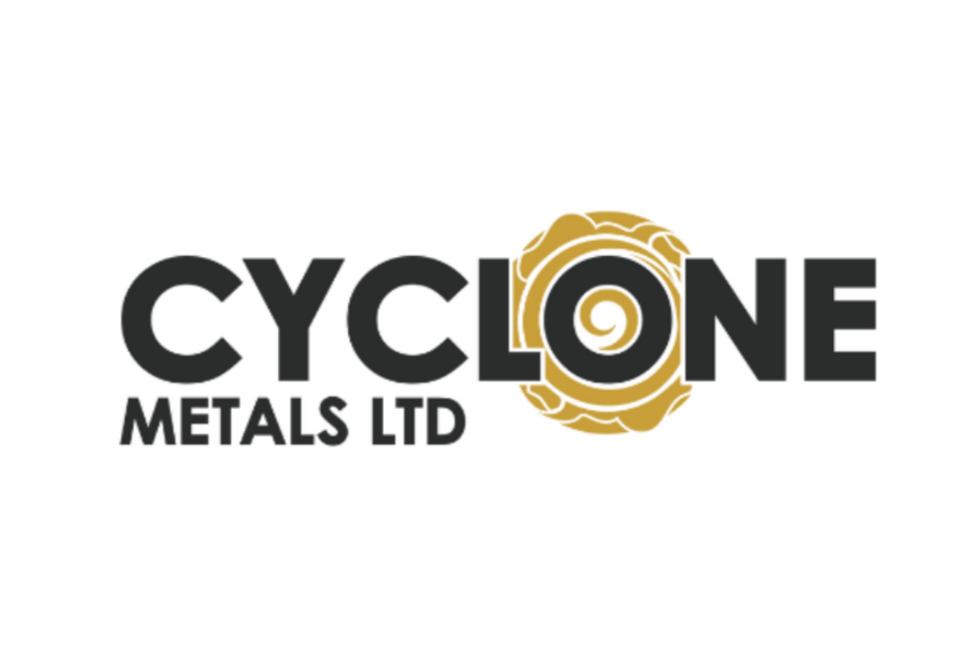As China continues to urbanize, iron ore demand will remain robust, with prices staying in the $130 to $140 a tonne range for the next couple of years, says the executive VP of CFH Capital.
While some iron ore pundits are predicting lower iron prices in line with less demand for steel commensurate with lower GDP numbers coming out of China, Mark Lackey isn’t one of them. Speaking with Sun Media’s AM Agenda, Lackey, executive vice president of CHF Capital, says that he sees iron ore continuing to maintain the $130 to $140 range on the back of continued urbanization in China, as citizens keep migrating from the countryside to cities in search of work and a higher standard of living.
“Contrary to a number of the analysts who have iron ore going back to 80-90 dollars next year, I feel pretty confident that our view, $130 to $140 in the next couple of years, is a more likely scenario,” said Lackey, a mining and energy investing veteran.
Explaining his reasoning, Lackey said that in speaking recently with senior executives from China including Minmetals, the Bank of China and WISCO, the Chinese agree with the $130-140 price figure, and that is based on continued urbanization, requiring greater quantities of iron ore needed for steelmaking.
While the urban-rural split in China currently stands at around 52 to 48 percent in favor of those living in urban areas, by 2025 the urban population will rise to 75 percent. That, according to Lackey, means that even though Chinese GDP growth may be falling, iron ore intensity — meaning the amount of iron ore per GDP — will keep on rising.
“We’re looking at another 13 years where intensity continues to rise, and rise fairly dramtically. So even at 7.5 percent GDP growth, we’re still going to have good demand from China on iron ore.”
On the well-publicized looming supply glut of iron ore products coming mostly out of Australia, Lackey said the problem with Australia is its limited rail and port facilities — despite Rio Tinto’s (LSE:RIO,NYSE:RIO,ASX:RIO) announced opening of new port facilities at Cape Lambert in October. In West Africa, he said political instability will constrain supply, and he noted that building a railway in one country would cost as much money as the entire GDP of that country.
“We’re not as bullish on the supply side as some people and we [are forecasting] more demand, so that’s why we have prices where we have them,” he told Sun Media.
Buttressing Lackey’s arguments on China, Wang Jionghui, assistant president of China Minmetals Corporation, told an iron ore conference in October that despite negative press about China, the country’s domestic economy began to improve in August, with an expansion of manufacturing.
Crucially for iron ore exporters, Wang said that in 2012 China imported roughly three-quarters of its iron ore, 0.744 billion tons of 1.086 billion tons consumed, showing a high dependence on imported iron. Interestingly, he noted that Chinese consumption of steel per capita is low compared to other countries, which represents major potential for producers of both commodities.
“China’s output of crude steel and iron ore will continue to increase in the next decade,” he said.
How can investors take advantage of this captive market for iron ore? Lackey’s answer is to look at small-cap iron juniors versus the majors “because they have more leverage.” Here are two of his picks:
Century Iron Mines Corp (TSX:FER): Century’s flagship property is the Attikamagen Iron Project in Canada’s Labrador Trough. A preliminary economic assessment for the Joyce Lake direct shipping ore (DSO) project shows 13.35 million tonnes in the measured and indicated category at 56.05 percent iron and 11.1 million tonnes inferred at 50.36 percent Fe.
In 2012 Century completed a joint venture with Wuhan Iron and Steel Company (WISCO) (SHA:600005), a Chinese steel producer, which has invested $40 million into the partnership and will purchase 60 percent of the iron ore produced. In a further development Century said that this week the project will be taken over by Labec Century Iron Ore, a joint venture between Century, which owns 60 percent, and WISCO Canada Attikamagen Resources Development & Investment Limited, which owns the remaining 40 percent.
Sierra Iron Ore Corp (TSXV:NAA): Sierra Iron Ore’s El Creston property in Mexico has concessions totalling 500.1 hectares under option; by a series of staged payments in cash and shares, Sierra Iron can earn a 50 percent interest in the property. Yesterday Sierra Iron received the final permit to begin construction, which is expected in January of 2014.
Securities Disclosure: I, Andrew Topf, hold no investment interest in any of the companies mentioned.
Related Reading:
A Look Inside the Chinese Steel Market: Interview with Hebei Iron & Steel

